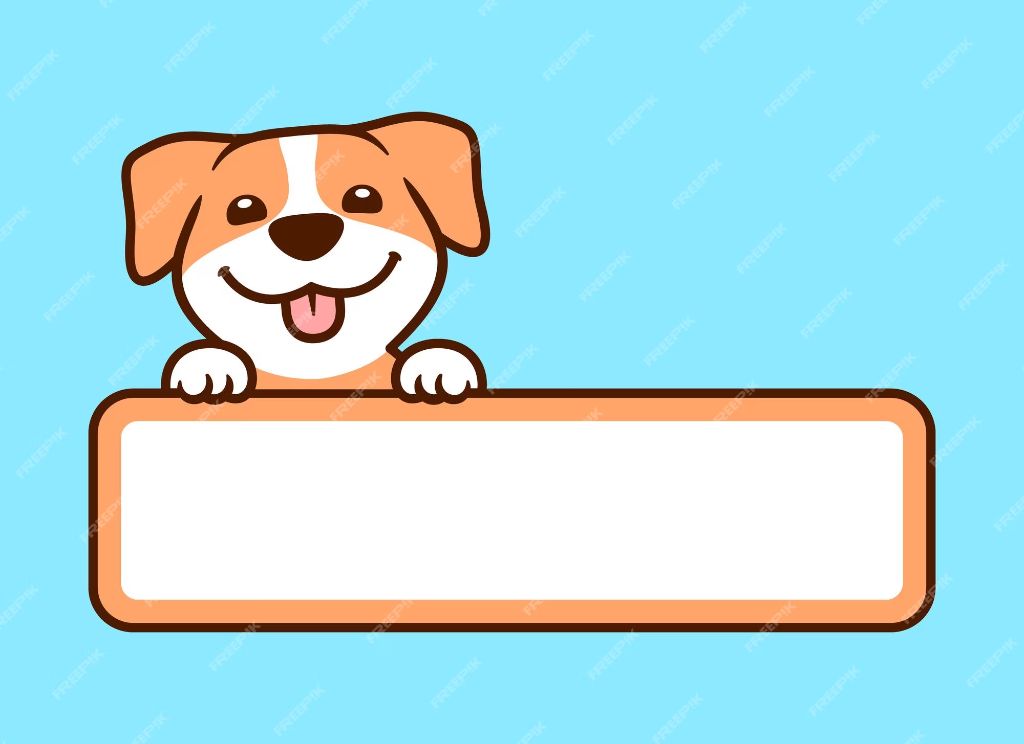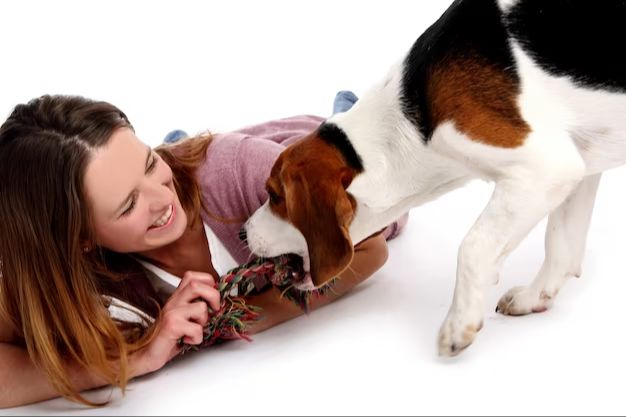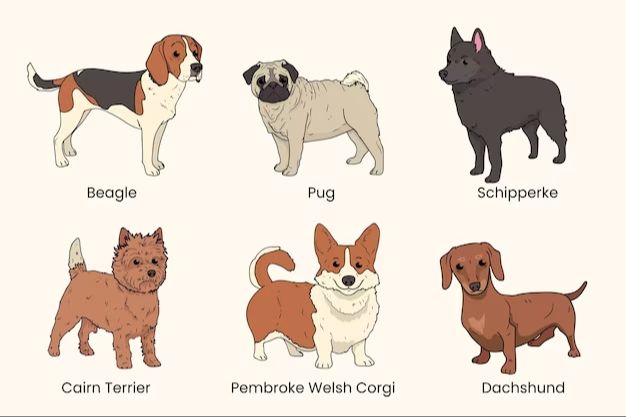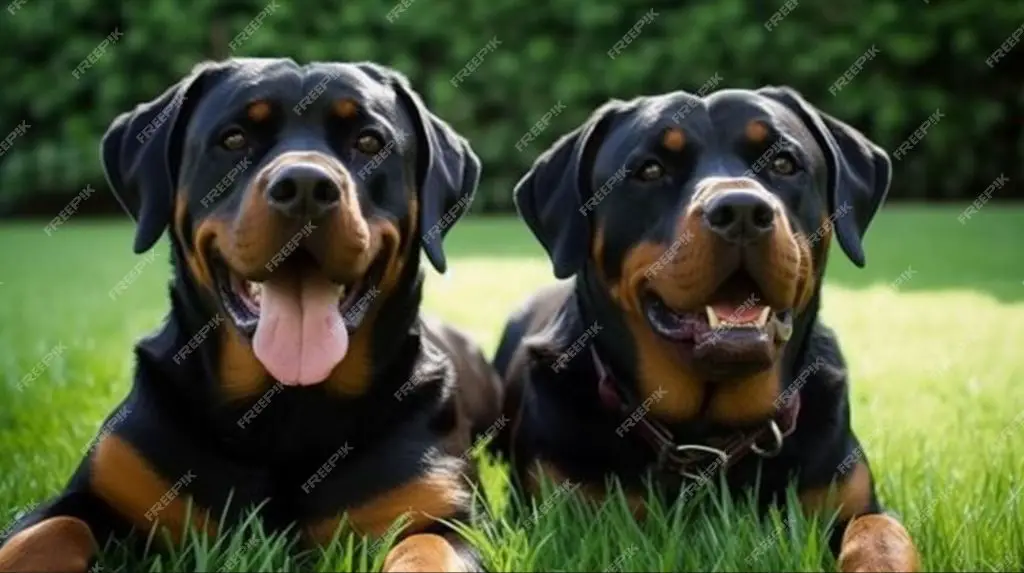Introduction
How to choose the right first letter for your dog’s name is an important decision when welcoming a new canine companion into your life. While ultimately the choice comes down to personal preference, there are some helpful guidelines around letter popularity, distinctiveness, aesthetics, gender trends, and more that can inform your decision. Putting thought into your dog’s name will help ensure it captures their personality and allows you to call them in a clear, distinct way. With so many options to choose from, this article will explore the pros and cons around various first letters to help new dog owners start their naming journey off on the right paw.
Most Popular First Letters

When it comes to picking the first letter of a dog’s name, certain letters tend to be more popular than others. According to pet registration data, the most common first letters for male dog names are M, B, C, and J. For female dogs, popular first letters include M, B, D, S, and C.
The letter M is by far the most prevalent starting letter for dogs of both genders. Nearly 1 in 5 female dog names and 1 in 6 male dog names start with M, which provides a wide variety of options like Molly, Max, Millie, Maverick, and so on.
Part of the popularity of M names stems from the soft “emm” sound, which people find pleasing to say when calling their pet. The letters B and C are common for similar reasons – their soft consonant sounds make them easy to pair with vowels when creating names.
Overall, the most popular first letters allow for hundreds of unique name combinations that sound pleasing and are easy for dogs to recognize. While the data shows clear favorites, pet owners have the flexibility to select from the entire alphabet when naming their furry companions.
Ease of Training
When it comes to ease of training, certain letters in a dog’s name can make it easier or harder for them to learn. Names that start with sibilants like S or Z tend to be more difficult because those letters fade out in tone. Dogs rely more on vowel sounds to distinguish words. Consonants like K, C, T or other stops pop and stand out, making them more attention-grabbing. Here are some letters ranked from easiest to most difficult for dog training:
Easiest: A, E, I, O, U, H, R, K, C, T
Moderate: P, B, V, J, G, L, W
Most Difficult: S, Z, M, N, F, X, Y
So opting for names that start or emphasize vowels and stop consonants like Cooper, Teddy, or Abby might be your best bet for quick learning. Stay away from names like Zoe or Samson which slur together. Shorter names of 1-2 syllables are also generally easier. While training any dog relies more on technique, choosing a name optimized for learning can give your pup a little extra boost.
Distinctiveness

When choosing the first letter for your dog’s name, you’ll want to consider how common or unique you want it to be. Here are some of the pros and cons of opting for a more common first letter versus a more distinctive one:
Pros of Common First Letters:
- Easier for your dog to learn their name if it starts with a common letter like B, M, or S.
- May be easier for you and others to call and get your dog’s attention with a more common sound.
- Gives your dog’s name a more familiar and friendly feeling.
Cons of Common First Letters:
- Higher likelihood of duplication with other dogs’ names at the park or in training classes.
- Less unique identity for your special pup.
- May not stand out as much as you’d like.
Pros of Unique First Letters:
- Lower chance of another dog sharing the same name.
- Helps your dog develop a distinctive identity.
- An unusual first letter like X, Q, or Z can be memorable.
Cons of Unique First Letters:
- May be slightly harder for your dog to learn their name if it starts with an uncommon letter.
- You may occasionally trip over an unusual first letter when calling your dog.
- Some letters like X, Q, and Z don’t flow as easily in a name.
Aesthetics
The aesthetics of a dog’s name can influence how people perceive it. Certain letters and sounds evoke different impressions that may suit some dogs better than others. For example, names starting with “B” often sound bold and strong (like Bailey, Bear, Bruno), while names starting with “L” have a lighter, more delicate feel (like Lily, Lucy, Luna). Some other letter aesthetics to consider:

- “M” and “N” – Soft, melodic sounds
- “R” – Energetic, rolling r’s
- “W” – Gentle vowels and playful w’s
- “Z” – Zesty zip
The shape of letters can also influence a name’s look and feel. Angular letters like “V”, “W”, “X”, and “Z” have a sharp, striking visual aesthetic. Meanwhile, curved letters like “C”, “G”, “O”, and “S” have a smooth, flowing shape.
Paying attention to the aesthetics of the first letter can help match a name’s style to your dog’s unique personality and appearance. A cute curly-coated retriever puppy might suit a name starting with a more playful and round letter like “O”, while a dignified greyhound could wear a “Z” name very well. Let your dog’s special qualities guide you to a letter with aesthetics that fit them perfectly.
Breed Trends
Certain letters tend to be more popular with certain dog breeds. For example:
- Labrador Retrievers often have names starting with L like Lucy, Lola, or Luna.
- Border Collies frequently have names starting with B like Bailey, Bear, or Bandit.
- Golden Retrievers are likely to have G names such as Goldie, Gracie, or Gunner.
- German Shepherds may have names starting with G like Ghost, Gaia, or Griffin.
- Bulldogs tend to have B names such as Bruiser, Bruno, or Bullwinkle.
There are certain letter preferences and trends among specific breeds. Owners likely choose letters that relate to the breed’s name, origin, appearance, or temperament.
Gender Differences
When it comes to choosing dog names, there are some differences between popular first letters for male and female dogs. Here are a few key variations:

Names starting with “S” are more common for female dogs. Popular female names like Sadie, Sophie, Stella and Shelby drive this trend. The letter “S” evokes sounds that many perceive as more feminine and gentle.
Names starting with “M” are more popular with male dogs. Masculine names like Max, Milo, Maverick and Murphy are common for boy dogs. The letter “M” has a strong start that suits the masculine image.
“C” names like Charlie, Cooper, and Cash are also favorites for boy dogs. In contrast, “C” names tend to be softer and sweeter for girls, like Chloe, Callie, and Coco.
Vowels like “A” and “E” frequently start female dog names, as in Abby, Annie, Emma, Ella, and Evie. Consonants like “B” and “R” have a bold sound and are popular first letters for male dogs – think Baxter, Bear, Buddy, Rocco, and Rocky.
So while trends hold, owners ultimately choose names based on an individual dog’s personality. But the different style preferences for male and female pup names are noticeable.
Letters to Avoid
When choosing a dog name, it’s wise to avoid certain letters that can cause confusion, communication difficulties, or other issues. Here are some letters that you may want to steer clear of when naming your dog:
S – Names starting or containing a prominent ‘s’ sound can get confusing during training. When saying commands like “sit” and “stay,” an ‘s’ name can sound too similar.
C & K – Hard “c” and “k” sounds can be tricky for dogs to distinguish. These sharp sounds don’t carry well either.
Ch & Sh – These blended sounds can be difficult for dogs to master. Choosing a name with “ch” or “sh” could make training commands a challenge.
V – The v-sound is uncommon in many languages, and some dogs have trouble perfecting it. It’s best to avoid names with a prominent “v.”
X – The “ks” sound in names starting with X is needlessly complex. Opt for something simpler.
Q & Z – These letters are also relatively rare in human languages and can prove difficult for canine comprehension. Pick a name without Q or Z.
Steering clear of names with these tricky letters can make it easier to effectively communicate with and train your dog. Choosing a smooth, simple, distinguishable name will set you both up for success.
Myths & Superstitions
There are many myths and superstitions around choosing the right first letter for your dog’s name. Some common folklore includes:
– Names starting with ‘S’ are unlucky: This myth originated because some believe ‘S’ names resemble snake hissing sounds. However, there is no real evidence ‘S’ names are actually unlucky for dogs.
– ‘B’ is for ‘Bad’: Some think names starting with ‘B’ relate to being bad or misbehaving. This myth likely started because ‘B’ names like ‘Bandit’ have a negative connotation. In reality, ‘B’ is a great letter for dog names.
– ‘C’ and ‘K’ means calm: There is a myth that ‘C’ and ‘K’ names represent calm, gentle dogs. This stems from positive ‘C’ names like ‘Cookie’ and ‘Kozy’. But any letter can suit a calm dog’s personality.
– ‘R’ is for rascal: The belief that ‘R’ dog names like ‘Rascal’ and ‘Rocco’ mean a dog will be rambunctious. However, names starting with any letter can suit a lively dog.
The truth is, there is no scientific evidence that a first letter really determines a dog’s personality or luck. Instead of myths, it’s best to pick a name that fits your dog’s looks and personality.
Conclusion
When choosing the perfect dog name starting letter, there are many factors to consider. First and foremost, you want it to be fairly easy to say so your dog can learn it quickly. It should avoid common letters like S or B that are overused in dog names. But it should also be memorable and have a pleasing sound.
The best letter depends on your breed, your dog’s gender, and your own personal taste. Letters like M, C, and L tend to work well for many dogs. Just steer clear of anything too long or complex. Listen for a first letter that rolls off your tongue and feels right for your new furry friend!
In the end, choose the starting letter based on your dog’s personality and what flows nicely with their name. The most important thing is that you and your dog both love it!